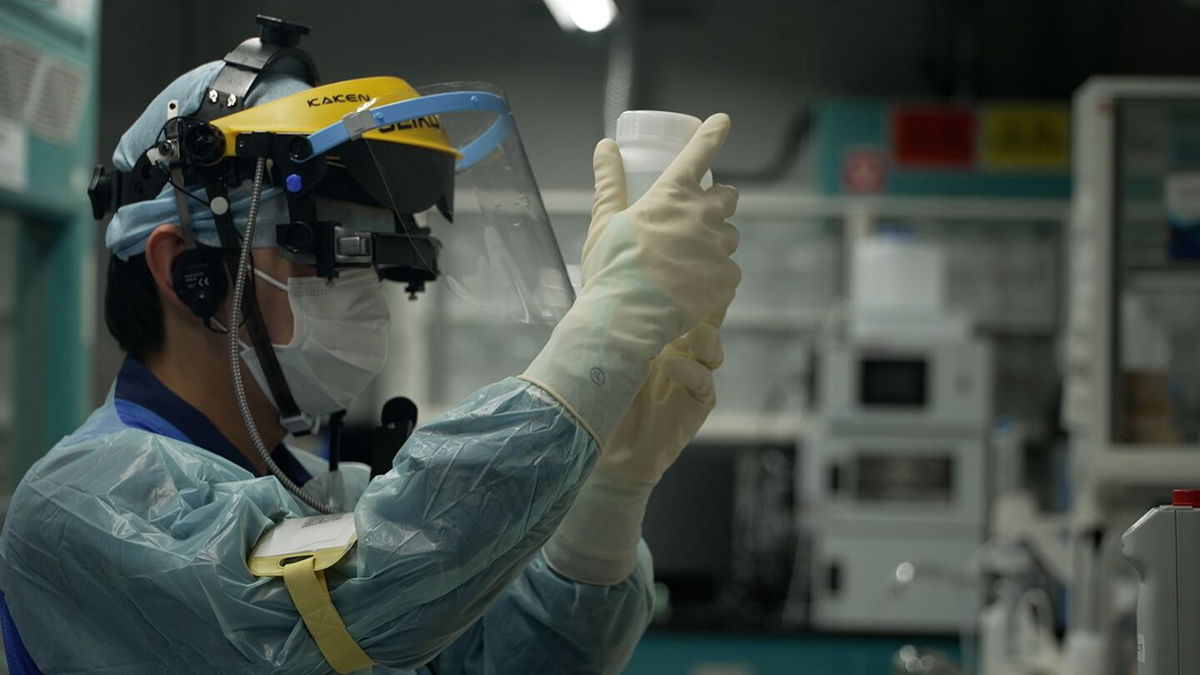Japan will start releasing treated radioactive water this week. Here’s what we know

By Jessie Yeung and Emiko Jozuka, CNN
Tokyo (CNN) — After months of controversy and anticipation, Japan is set to begin releasing treated radioactive wastewater from its Fukushima nuclear plant later this week despite fierce objections from some countries.
The plan has been in the works for years, with authorities warning in 2019 that space was running out to store the material and they had “no other options” but to release it.
While some governments have expressed support for Japan, others have strongly opposed the wastewater release, with many consumers in Asia hoarding salt and seafood amid fears of future contamination.
Here’s what we know so far.
When and how will it be released?
Japanese Prime Minister Fumio Kishida said Tuesday the government had formally decided to start releasing the water as early as Thursday, August 24, “if they encounter no obstacles.”
Over the years, the wastewater has been continually treated to filter out all the removable harmful elements, then stored in tanks. Much of the water is treated a second time, according to the state-owned electricity firm Tokyo Electric Power Company (TEPCO).
When the wastewater is finally released, it will be be heavily diluted with clean water so it only has very low concentrations of radioactive material. It will travel through an undersea tunnel about 1 kilometer (0.62 miles) off the coast, into the Pacific Ocean.
Third parties will monitor the discharge during and after its release – including the United Nations’ nuclear watchdog, the International Atomic Energy Agency (IAEA). The IAEA has staff stationed in a newly-opened Fukushima office and will monitor the situation for years to come, it said.
Why are they doing this?
The devastating 2011 earthquake and tsunami damaged the Fukushima nuclear plant’s power supply and cooling systems – causing the reactor cores to overheat and contaminate water within the plant with highly radioactive material.
Since then, new water has been pumped in to cool fuel debris in the reactors. At the same time, ground and rainwater have leaked in, creating more radioactive wastewater that now needs to be stored and treated.
TEPCO built massive tanks to contain the wastewater, but space is quickly dwindling. The company says building more tanks isn’t an option, and it needs to free up space to safely decommission the plant.
IAEA Director General Rafael Grossi told CNN in July that Japan had considered five options for getting rid of the water, including vapor release, which would have seen wastewater boiled and released into the atmosphere.
But most of these options are “considered industrially immature,” he said. For instance, vapor release can be more difficult to control due to environmental factors like wind and rain, which could bring the waste back to Earth, he said. That left a controlled release of water into the sea – which is frequently done at nuclear plants around the world, including those in the United States.
What are the risks?
Though the radioactive wastewater contains some dangerous elements, the majority of these can be removed through various treatment processes, according to TEPCO.
The real issue is there is no technology available to take away a hydrogen isotope called radioactive tritium, and authorities and experts are divided on the risk it poses, if any.
TEPCO, Japan’s government, and the IAEA argue that tritium occurs naturally in the environment, including in rain and tap water, so the wastewater is safe, especially as it will be released slowly over decades.
But some scientists worry that the wastewater, even diluted, could harm marine life, and pollutants could accumulate in the already frail ecosystem.
One expert who helped Pacific Island nations review and assess the wastewater release plan told CNN it was “ill-advised” and premature.
Others argue we just don’t have enough studies or data yet on the longer-term biological effects of exposure to tritium.
What have other governments said?
The plan has met a mixed reaction, with support from some corners and skepticism from others.
The US has backed Japan, and nearby Taiwan has agreed that the amount of tritium being released should have “minimal” impact.
But China and the Pacific Islands have been vocal in their opposition, arguing the release could have broad regional and international impact, and potentially threaten human health and the marine environment. Some governments have even banned food imports from parts of Japan, including Fukushima.
While South Korean leaders have largely supported the plan, opposition politicians have voiced their alarm and protesters have called for it to be stopped.
Public anxiety has grown, too, with seafood lovers in mainland China, Hong Kong, and elsewhere vowing to stop eating Japanese products once the wastewater is released. Some shoppers have stocked up on sea salt and items like seaweed or anchovies, for fear these products may be impacted.
The blowback has worried fishing communities in Japan and South Korea, who say this could spell the end of their livelihoods – especially those in Fukushima, where the fishing industry is now worth just a fraction of what it once was before the 2011 disaster.
The-CNN-Wire
™ & © 2023 Cable News Network, Inc., a Warner Bros. Discovery Company. All rights reserved.






